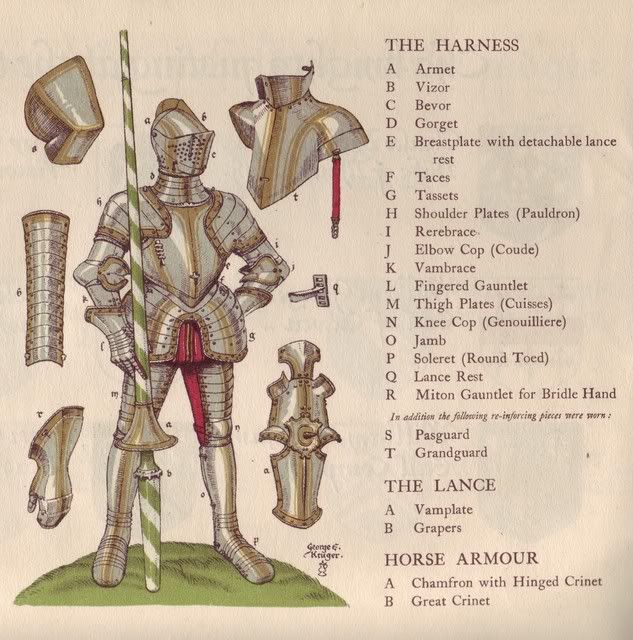
 |
|
|
#1 |
|
Member
Join Date: Feb 2005
Posts: 296
|
This illustration was from the program for "A Triumph Holden at Shakespear's England".
This event was really the apotheosis of the Gothic Revival era. It gathered together the noble and wealthy to "recreate" a joust. "Shakespear's England" was not a romantic description of a time it was an actual venue created by Jeannie Churchill (Winston's Mom) that recreated London of Elizabeth's time. WW1, sadly, brought such things to an end. It is a useful reference to have handy. 
|
|
|

|
| Thread Tools | Search this Thread |
| Display Modes | |
|
|